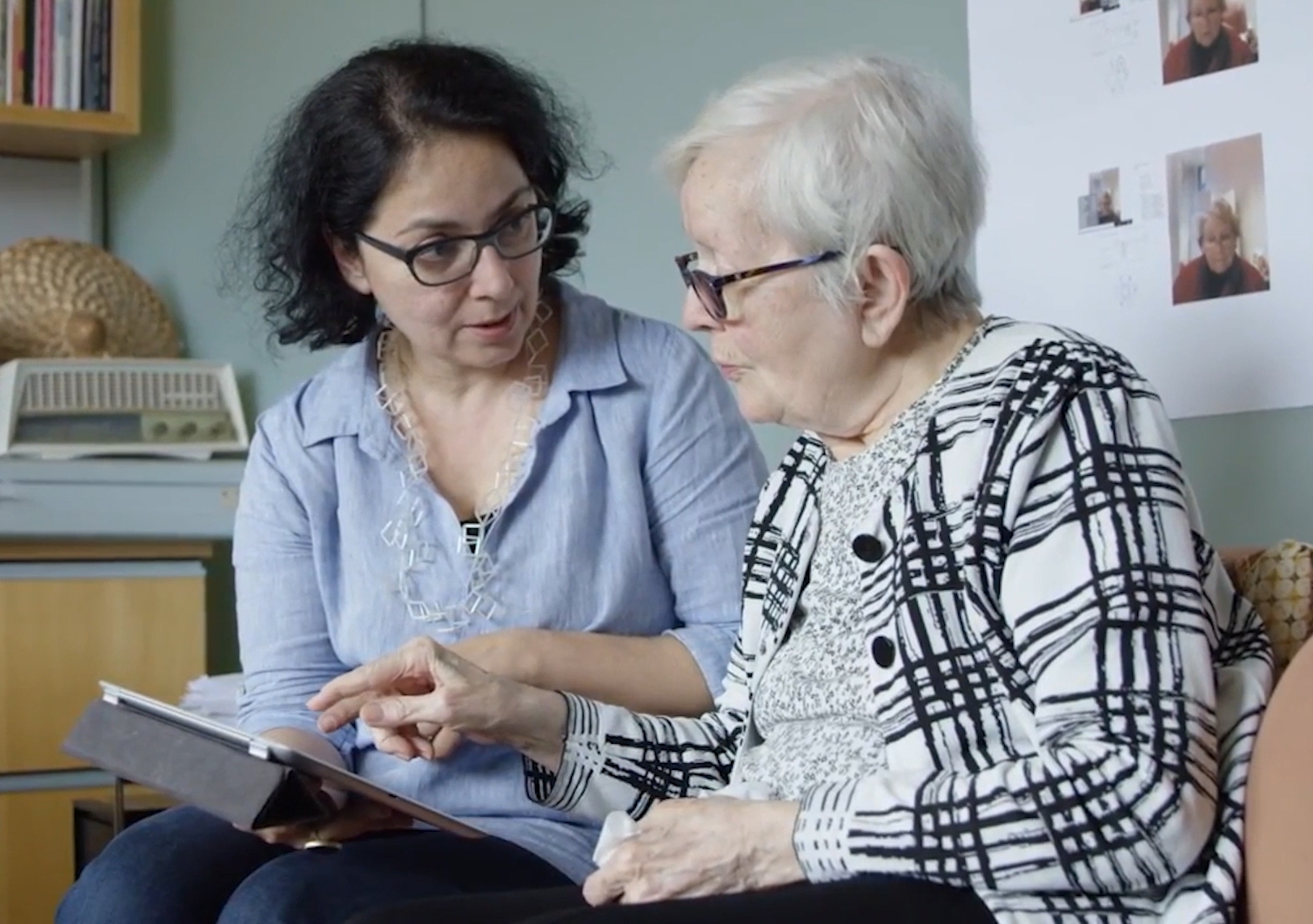People-centric approach to design is key to enhancing standards of living
Industrial Design Professor Oya Demirbilek is using co-design, a participatory and collaborative approach that can improve the environment and wellbeing.
Industrial Design Professor Oya Demirbilek is using co-design, a participatory and collaborative approach that can improve the environment and wellbeing.

From the humble toaster to the popular coffee machine, more goes into designing an appliance or product than we probably think - it’s not just about the way it looks and feels. Although aesthetics is an important element of the design process, it’s just as important to establish how functional a product is to the consumer and how it will make a positive impact on their lives.
This is where Industrial Design Professor Oya Demirbilek steps in. With more than 25 years experience as a designer, researcher and educator, Professor Demirbilek is an advocate for a design method that partners with the end-user from the beginning, involving a mindset change from 'designing for', to 'designing with'. This approach is referred to as ‘co-design’.
While the way things look is still essential to design, co-design tends to focus more on purpose and functionality.
The process of co-design places value on sustained qualitative research methods. As an intensively collaborative approach, it can involve years of brainstorming sessions, workshops, journaling, consultations and other engaging design research activities. The results are products or concepts that are ultimately more meaningful, more accessible, more inclusive and more sustainable.
"I care about the design of accessible and inclusive meaningful products and better futures for all," Professor Demirbilek says. "My work addresses the mounting pressure to be more conscious about the products we design and the future we create.”
She has been an early adopter of co-design with real users, a people-centric approach to design that is participatory, inclusive and collaborative; and that accounts for diversity.
“It is a process that can help industrial designers define real problems, be more empathic and identify genuine needs for the products they create, as well as being an inspiration for innovation.”
The approach sees the end-user become a genuine partner in the design process. From research, right through to the product delivered at the market, this helps to ensure the result meets a real need and is accessible and usable.

"It's not about just producing more things that people want. There's lots of that. It's about producing what people inherently need, and that would make a positive impact on their lives."
While the way things look is still essential to design, co-design does not necessarily focus on the aesthetic and tends to be more on purpose and functionality. She says that the definition of good design includes a balance between how something functions, its meaning, how it is built, its looks, the materials used, its end-of-life, and the experience(s) it brings to people. It is not just about the aesthetics and more about meaning, experience and impact.
"Good design can be beautiful. Yet it has to be intuitive, and it has to serve a real need first. You need to get to the inherent needs people have and the tacit knowledge that is within them. It goes beyond what you can ask them in a survey, or even what they say in an interview" she says.
Designers can also create more innovative concepts when working within a co-design environment, which is crucial to solving the problems of the future.
"The problems we face in the future are more complex and ill-defined than ever…so it's not just about developing one product. Co-design thinking can be applied to all the systems of different scales that affect the way we live, to products, environments, systems, services and experiences.
Professor Demirbilek herself has employed the co-design approach across multiple scales with success, including bathroom furniture and home appliances. She recently worked with kitchen appliance maker Breville Group to evaluate and give direction to the design language of a range of their products, including a nifty coffee machine, that meets the needs of their target market.
She says that co-design can be scaled to improve the quality of life across the board, which is of vital importance with an ageing population.
"We use a range of products every day, and we live our lives through and with them, so you can't get them wrong."
"The environments people live and work in, and the devices and objects they interact with daily have a huge impact on a person's experience and extent of ability and disability... especially for older people, or people with dexterity, vision, hearing, cognition or mobility issues. And we are not talking about small groups of people here; for example, there are 4 million people affected by arthritis in Australia alone."
"With a co-design approach, we can make sure designers get a better feel and understanding of the target markets they are working with, and that they factor in the needs of older people, or people with different ability levels, into the design process. For example, partnering with old people to create more supportive, meaningful and stimulating environments will allow them to contribute to finding the best ways to age in place, with their families, their communities; and that can also help keep them engaged with their neighbourhoods and their cities, all of which can only improve the quality of their lives."
Ultimately, she hopes to see accessibility and inclusion as the norm in design.
"Otherwise, you end up designing one more of something that people don't really need or can't really use," she says.
Professor Demirbilek will be speaking at the Meet the Professors event on 18 September.
What: Meet the Professors | Professor Oya Demirbilek and Professor Alistair Sproul
When: Wednesday 18 September, 3:30 PM - 4:30 PM
Where: The Chancellery - Council Chambers, UNSW Sydney. Register for the talk.